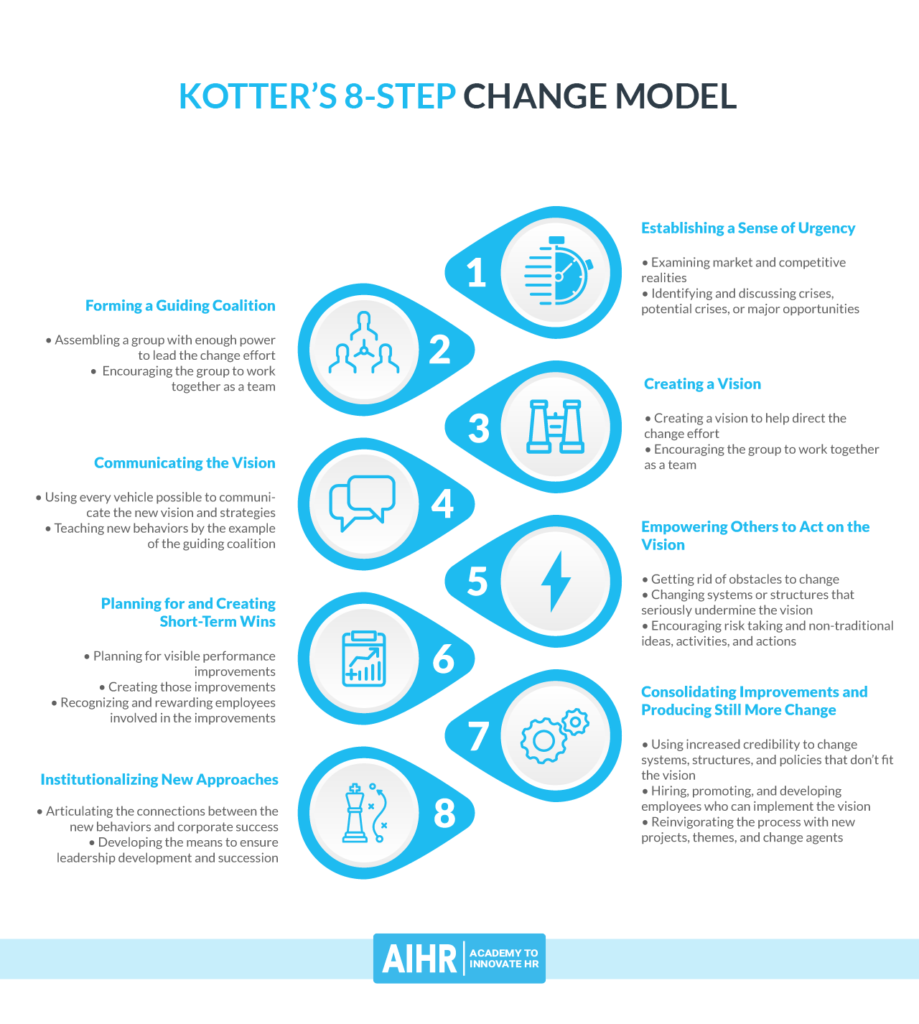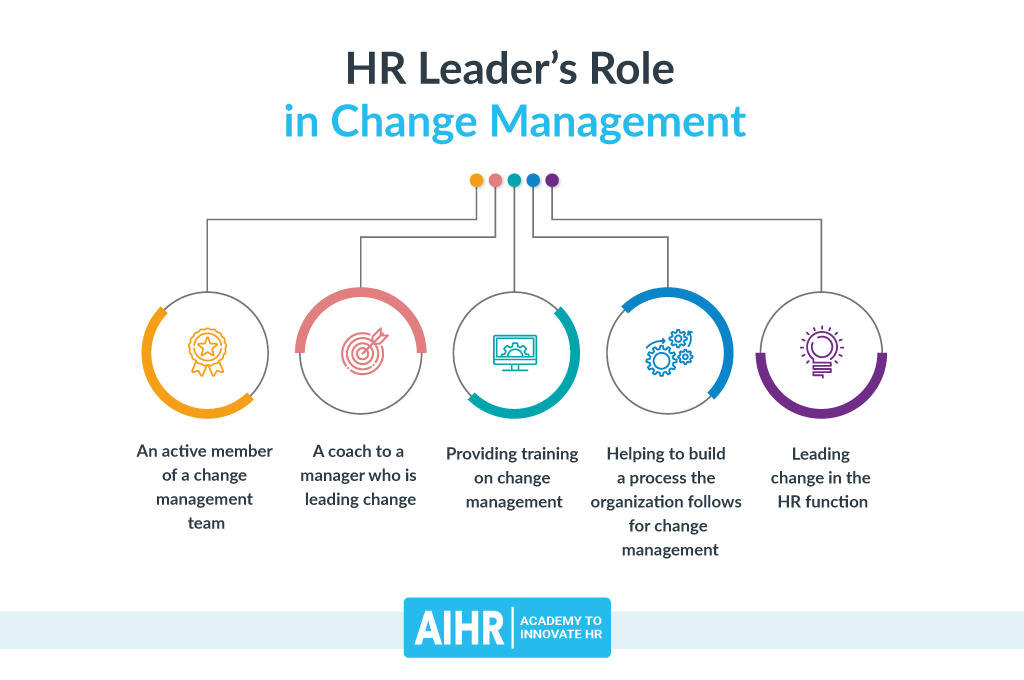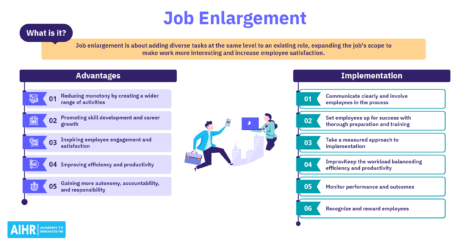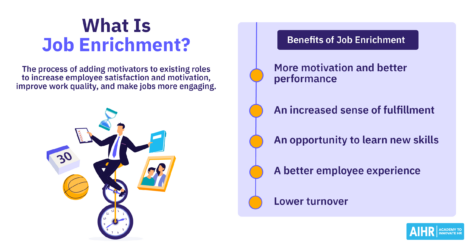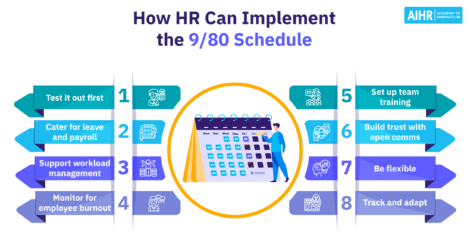HR & Change Management: Beyond the Kotter Model

Harvard professor John Kotter developed what is probably the most influential model of change. However, seasoned change management professionals are often dissatisfied with the model. In this article, we will look at the pros and cons of the Kotter model. We’ll discuss why it’s become popular, where its weaknesses lie, and how HR professionals can still use it to manage change in their organizations.
Contents
The Kotter model
Reflections on the Kotter model
Why are there these shortcomings in the Kotter change model?
What to do about the shortcomings
HR’s role in change management
The Kotter model
John Kotter writes beautifully about change. His book Leading Change (1996) should be on every HR professional’s reading list. Kotter summarizes his approach to change in a simple eight-step model, which is shown in the diagram below:
It’s sensible, easy to understand, and seems to promise a map to guide HR professionals through the dangerous jungle of a change project. It’s one of those models that HR professionals are expected to know. If you are in a meeting and the model comes up, you don’t want to say, “Just a moment, let me Google that”. You want to have a few of the steps in your head.
Notice how the model suggests that you don’t actually start changing anything until midway through the project (i.e., Step 5: Empower people to act on vision). That’s a smart insight; if you try to change things before the organization is ready, then you will create a lot of resistance that could have been avoided.
Given how reasonable the model is, what are the flaws change management professionals warn you to watch out for?
Geoff Matthews’ reflections on the Kotter model
Before we start critiquing the Kotter Model, let’s be fair about it and recognize that many of the problems come from how people use the model.
But let’s look at six flaws that Geoff Matthews, an experienced practitioner and lecturer on change management, sees in the model:
1. A false sense of urgency
Mathews’ first concern about the Kotter Model is right in the first step: Create a sense of urgency. This is often framed as the need to create a burning platform. That colorful idea comes from Daryl Conner, another change guru and author of the book Managing at the Speed of Change (1992). The image comes from the true story of men on an oil platform on the North Sea. They took the extraordinary decision to jump off the high platform down into the frigid waters of the sea below. What drove that remarkable action? Well, the oil platform was on fire.
It can be exciting for a manager to try to whip up support for change by painting a dire picture of what will happen if the change does not happen right away. However, generating fear also generates stress or even paralysis. If there were only one change effort every five years or so, that might be okay. But if change is frequent (and it is), this repeated appeal to fear grinds people down. It risks burning out the very people you are relying on to make change successful.
The other downside of whipping up a sense of urgency is that people will become cynical if it’s overdone. Leaders will lose credibility. Yes, it may be true that changes to a process may be important. But the message that the organization will be in trouble if it’s not done this quarter will simply not be believed.
It might be better to say that the first step is to create an appropriate sense of urgency. Help people understand why a change is essential. Explain the priority of this change versus all the other urgent things employees are being asked to do, and how the organization will support them in making this change.
2. The implication that the change process is linear
The model implies that you simply need to work through these eight steps, one after the other. Then, you’ll end up with a permanent change that has been institutionalized in your organization. Matthews cautions that in practice, things don’t necessarily work out that way.
Perhaps you get to step six of creating short-term wins only to find that the vision was incomplete or that you need different stakeholders in your guiding coalition. At that point, you cycle back to these earlier steps and start again.
It’s also possible that you need to start with a quick win (step six) so that you can get the support of a guiding coalition (step two). In other words, you may jump around between steps rather than follow them in a linear manner.
Notice that the steps are still useful things to do. The problem is that if a change leader tries to follow the linear sequence laid out in the model, they may get into trouble.
3. The assumption the change is start and stop
One of the earliest models of change, and one that still haunts HR, is Kurt Lewin’s model of Unfreeze-Change-Refreeze. It assumes the organization is a stable place that goes through a change and then returns to being a stable place. Lewin’s model is embedded in Kotter’s eight steps. The first steps are all about preparing the desired change – unfreezing, the middle steps about changing, and the final step of refreezing is about institutionalizing the change.
The problem, as anyone who has lived in a modern organization knows, change is not start and stop; it is dynamic. The change leader who thinks they can work through this neat change model and then relax will be thrown off balance as the vision—or more granularly the goals that need to be achieved—keep changing.
Matthews points out that this means the parameters for any given change may alter as business and other conditions shift. As a result, the vision, the guiding coalition, communications, and so on may be much more dynamic. In a sense, you never really complete a step. You have to keep all the balls in the air since – in a VUCA world – change may have to be far more fluid in response.
4. The assumption that there is only one change at a time
Closely related to the idea that change is dynamic is the idea that it is also continuous. Today, few organizations make one change at a time. More likely, multiple changes are occurring simultaneously. Before one change has ended, others are underway.
Even as you are creating a sense of urgency, five other managers are busy telling employees that their change is more critical than your one. Even as you are sending out clear communications about the change, employees are finding their inboxes flooded with clear communications about many other change efforts. They may not even have time to read what you have sent them.
Managing multiple simultaneous change programs means that change leaders need to coordinate their efforts to make sure they are not overwhelming employees and that these changes don’t operate at cross-purposes. Senior leaders will have to make decisions about which programs have priority at a particular moment in time.
In the end, the change management process is a lot messier than the Kotter model would lead you to believe. You have to be very aware of what else is going on in the organization as you work to navigate your own project forward.
5. The overly top-down nature of Kotter’s Model
Matthews points out that the Kotter model implies that change is primarily driven from the top. It presumes a leader who can foresee precisely what needs to happen and orchestrates the change. This leads to two problems:
- It completely overlooks how much positive change is driven by actions and ideas that bubble up from the bottom of the organization. Suppose you want an organization that is continuously handling multiple change challenges effectively. In that case, you need to find ways to support this bubbling up of initiatives from the bottom of the organization. An over-reliance on the Kotter model will blind you to this.
- It creates overconfidence that the needed change as initially defined by a leader’s vision is correct. This can lead to change management projects that ignore insights arising as the project proceeds, which, in turn, leads to failure.
These two problems won’t always exist. However, they exist often enough to leave people wary of an overreliance on the Kotter Model.
6. The assumption that resistance is irrational
One other hidden assumption often associated with the Kotter model is that resistance to change is irrational. It presumes employees won’t want to change and that leaders, who, due to their superior insight, see the need for organizational transformation, have to find a way to convince employees to get on board.
The idea that employees resist change and that this resistance is irrational is a half-truth. For example, if you offer employees the chance to move from a cumbersome paper expense form to an easy online one, you expect many will embrace the change. If they don’t embrace the change, it might be because they are technologically illiterate (something less and less likely these days). It could also be that there is a problem with the online process that leaders are unaware of.
Matthews advises that, at the very least, change leaders should assume that there may well be a logical reason why employees are resisting change. Make sure you learn what their reasons are before pushing employees to adopt a change.
Why are there these shortcomings in the Kotter change model?
Dr. Kotter is an experienced and wise professor, so why do the shortcomings of the model exist? The fundamental problem is that the reality of change is too complex to show in any tidy model. A more complex model would be hard to explain and wouldn’t catch on.
It’s also worth bearing in mind that the model appeared at a time when many organizations were going through major top-down changes (such as M&A and business process reengineering). So, it made sense for leaders then. But the nature of changes today (such as digital transformation) is often different and calls for more participation and experimentation to make them successful.
What to do about the shortcomings
Just because a model has shortcomings doesn’t mean it isn’t useful. You can see that most of the problems arise when leaders take the model too literally. Instead, understand Kotter’s model as a set of suggestions, not a fixed recipe to follow. You should see the linear sequence of steps as a useful way to teach the model, not to predict how a change project will actually unfold. Feel free to ignore (parts of) the model if it doesn’t fit your context.
The best way to use the Kotter model is a checklist. You can see it as eight issues you should think about as you are leading a change initiative. Checklists are an excellent tool. If we see the model as a checklist, if we take everything with a grain of salt, we will benefit from the model while avoiding its pitfalls.
HR’s role in change management
First, we should recognize that all managers should have some knowledge of and skills in change management regardless of their function. However, who in the organization should be the experts on change? HR is the one function that is required to have the deepest theoretical depth of understanding of change. In a sense, it is the center of excellence.
Assuming that HR has that expertise, then it can play several different roles in supporting the change. It can be:
- An active member of a change management team
- A coach to a manager who is leading change
- Providing training on change management
- Helping to build a process the organization follows for change management
- And of course, an HR leader needs to be able to lead change in the HR function
Unless your organization is very large, there won’t be HR professionals who specialize in change the way one might specialize in recruitment or learning. Instead, it’s likely to be the HR leadership and some of the HRBPs who are expected, in addition to their other areas of expertise.
Over to you
What a CHRO should do is create an informal community of practice of HR team members who have expertise in change. Encourage them to share and grow their expertise so that they provide wise and sophisticated help to organizations immersed in constant change.
Author’s note: I’d like to thank Geoff Matthews for generously sharing his time and insights as I researched this topic. Geoff Matthews is an HR consultant coach, and writer. He has served as VP HR with Nestlé and Merck.
Weekly update
Stay up-to-date with the latest news, trends, and resources in HR
Learn more
Related articles
Are you ready for the future of HR?
Learn modern and relevant HR skills, online




